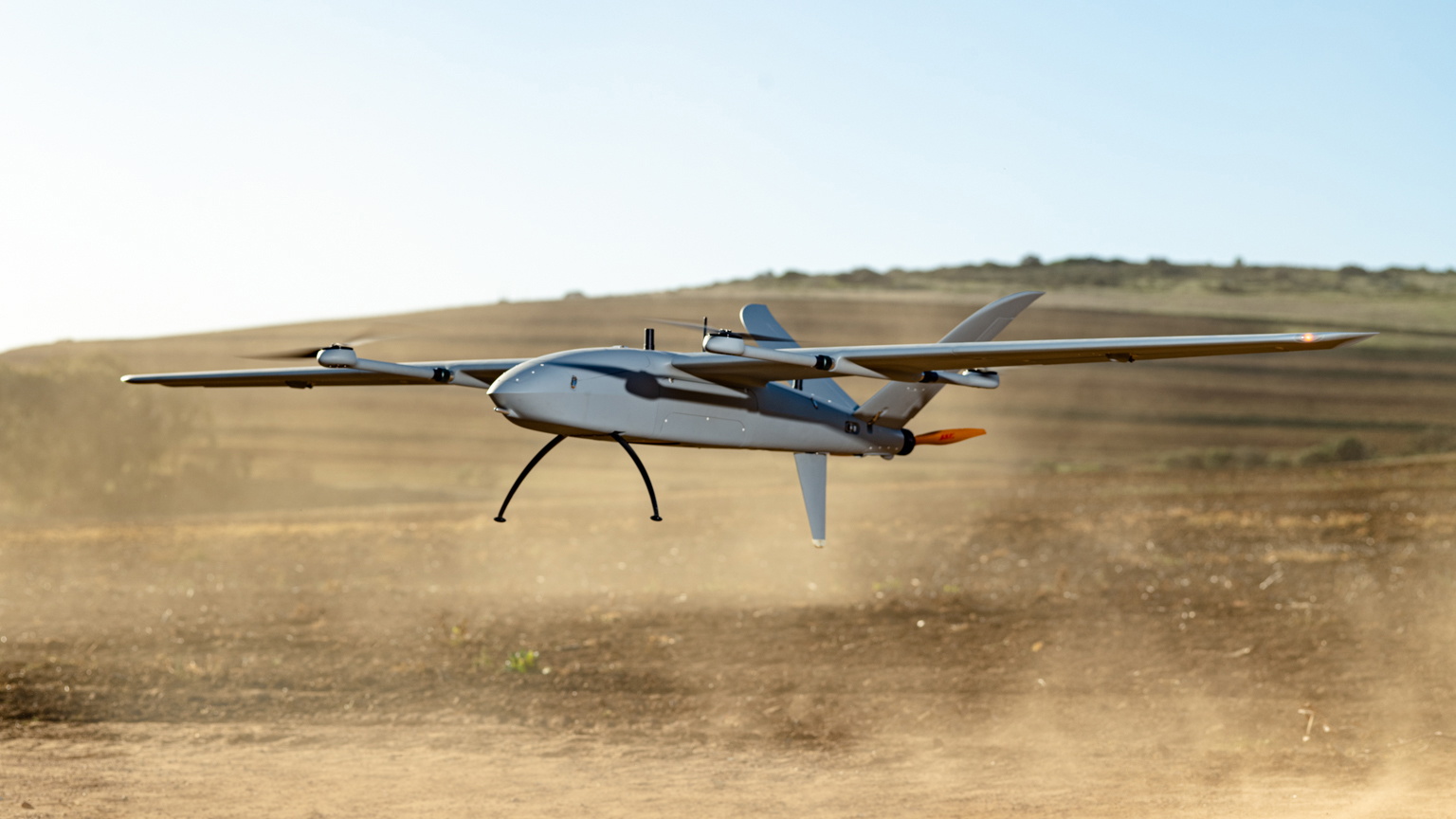Frequently Asked Questions
Correct, The Drone has a feature known as the battery fail safe feature. The Drone will RTL if the battery is low on power, the default setting can be changed to what suits your requirements.
Correct, The Drone will return and land back to base autonomously if it loses connection to the GCS which is part of the RTL safety feature.
In general, you should fly a drone so it does not interfere with other air traffic, where it has little chance to injure people or damage property, and where the laws or regulations allow that kind of activity.
Drones can be flown in surprisingly bad weather. We recommend you start flying in only the best conditions, And then with experience use your drone in stronger winds. Please remember if you fly long-distance with the wind, it will take much longer to get back(if it’s windy).
Yes, our engineers will be able to assist our customer/s via Skype, Telephone or Email in the case of any incident or issue. The sales team will be able to provide the client/s with any assistance regarding spare parts or additional extras they may need, and we are always available to provide you with quotes and shipment of these spares/extras. If necessary, at a cost, one of our engineers would be able to fly to your destination to conduct any maintenance or support on the system and its counterparts.
You’ll be provided with a two-year warranty – this warranty will cover any damage inflicted upon the system if caused by any manufacturing defect or component defect. Any damage caused by the system due to negligence or operator fault will have to be covered by the customer/s. In the incident of the drone crashing, the customer/s will have to provide us with the flight logs for assessment, upon assessment, we can determine what, where and how the crash occurred.
The batteries can be charged anywhere between 1h – 2h, a fast charge does reduce battery cycles.
The batteries can be charged anywhere between 1h – 2h, a fast charge does reduce battery cycles.
Yes, One or two of our highly qualified engineers would be able to conduct on-site training with the end-user. They would need to conduct training on the Aircraft, Software, the Ground Control Station and we would also need to cover basic repair procedures.
Pease, send company/personal details and the sales team will provide a quote where you can make a EFT/SWIFT payment.
Correct, we have achieved this flight time with numerous flight tests in perfect weather conditions.
The control range is up to 200km
Data is remotely transferred from the drone via the UAV transmitter to the Ground stations antenna. Captured footage and thermal images can be retrieved and maintained from the appropriate SD Card slots located on the gimbal. 2.3 User Access
Return-to-Launch (RTL) mode once selected the drone will automatically return the starting point or launching point. When the mode is activated it would ascend or descend to the pre-designated altitude. The default altitude is 15 meters
The Drone can perform in light rain conditions and not suitable for heavy rainfalls.
The extended flight time; covering large distances; Mapping of larger areas; Multiple Payload Capability.
The build to order does not affect us with spare parts if it is required that we have to swap out the any of the followings we can do this at a turnaround time of 1-3 weeks
We are not restricted from providing systems to foreign countries or customers.
The Lead-time of manufacturing is around 30-90days depended on the build queue at the time.
There are 2 batteries issued with each system, both Atlas models operate with two batteries at a time.
Yes. Atlas-T includes a dual sensor camera configuration which includes thermal + visual imaging allowing you for interchanging between both sensors while in flight.
